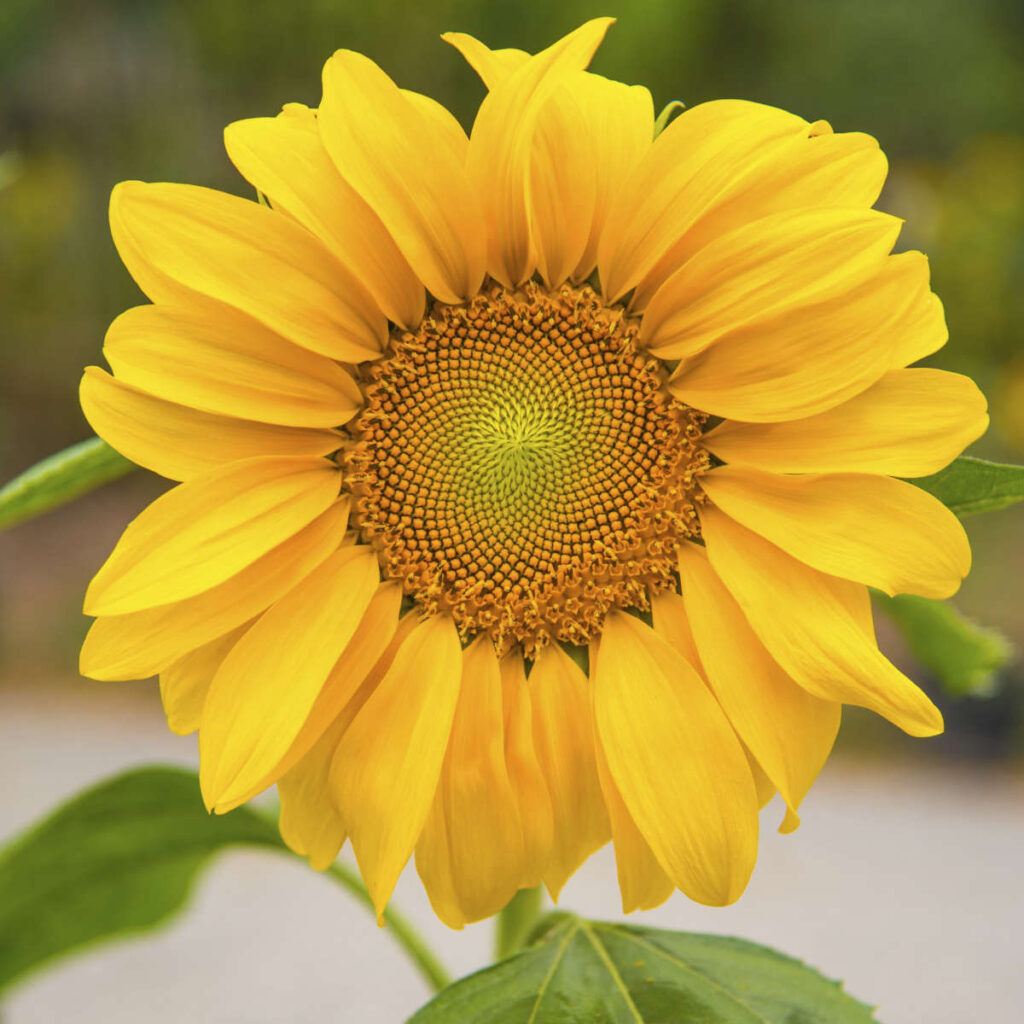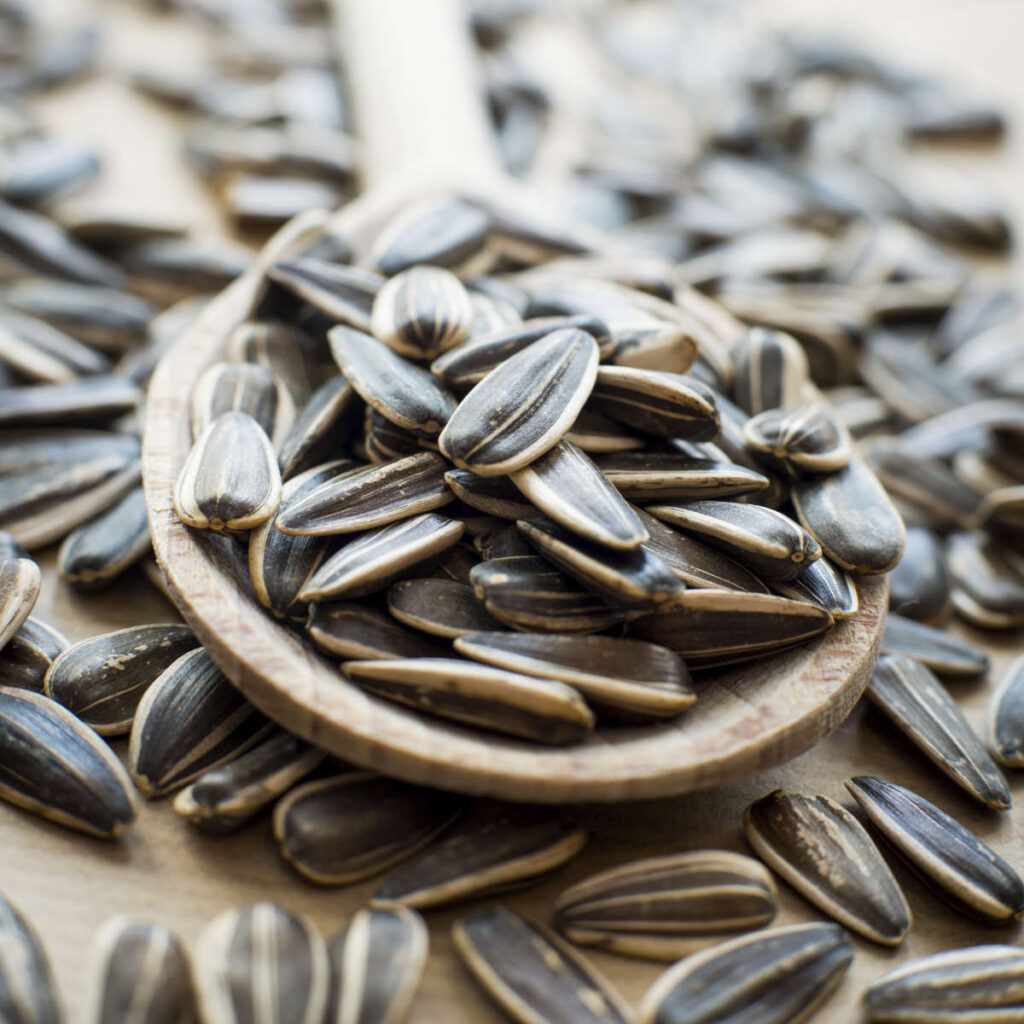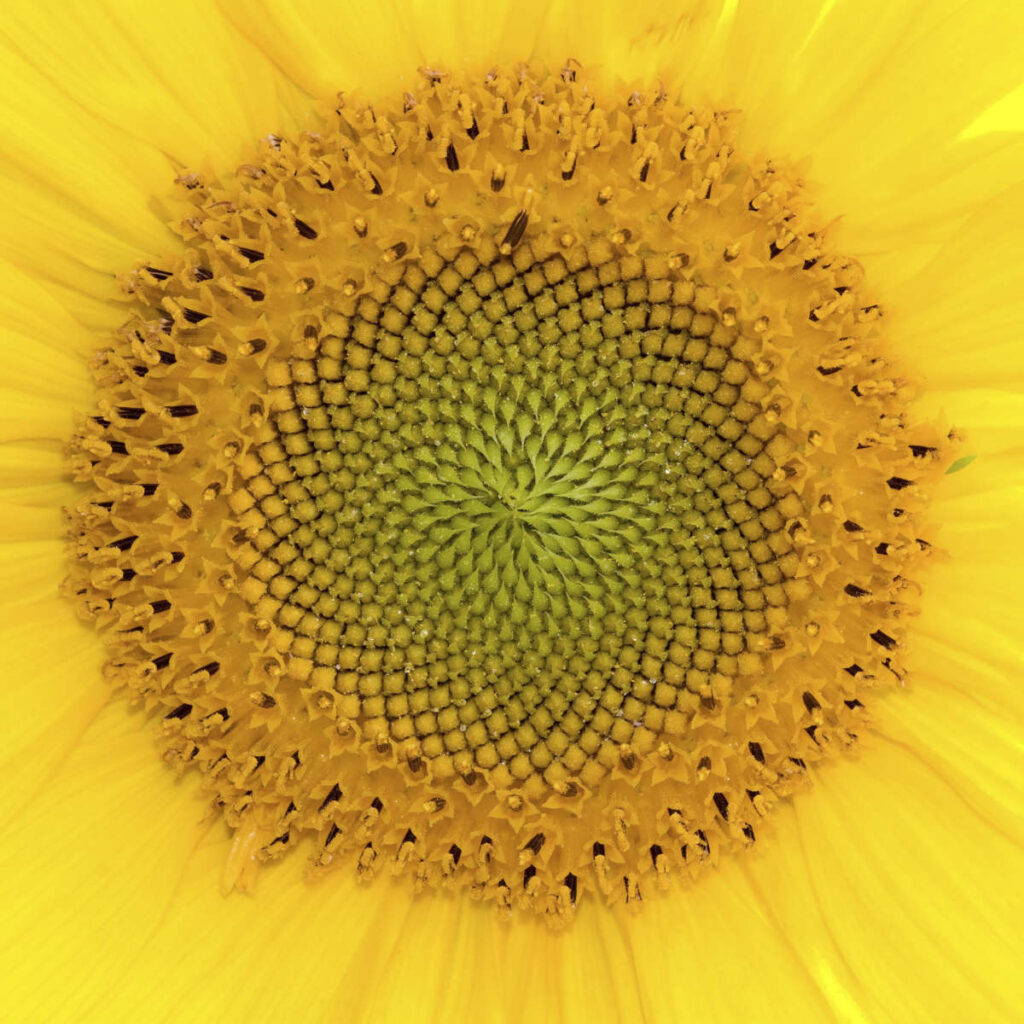Last Reviewed and Updated on June 6, 2022
Sunflowers are a popular choice for many gardeners. They grow quickly, making them perfect for enhancing the look of your garden. Beyond that, and more importantly, it is also grown as a crop. The sunflower is actually one of the most common annuals grown in gardens and fields today.

Let’s take a look at some fascinating facts about sunflowers.
1. There are about 70 different species of sunflowers
The common name sunflower describes the genus Helianthus which is comprised of about 70 different species. If you plan to become a collector of sunflowers you will have a lot of work to do.
The most common sunflower species is Helianthus Annuus, also known as the common sunflower. It is grown for oil and for the edible seeds, both for human use and as animal feed.
The rarest sunflower is the Schweinitz’s Sunflower, a wildflower.
2. They are grown worldwide but are native to the Americas
Most sunflower species are native to North and Central America and some are native to South America. Today they are grown all across the globe, both as an ornamental plants and as food crops.
Native Americans cultivated them for food as well as non-food uses.
3. Sunflowers were brought to Europe by the Spanish
Sunflowers caught the attention of the Spanish at the beginning of the 16th century and they were the first to bring large quantities of seeds back to Europe. They were first used as ornamental plants and as medicinal plants.
Two centuries later, the sunflower started gaining popularity as a crop.
4. They are named after the sun
This may come as the most obvious of facts about sunflowers, the sun is to be blamed for their name. They got their name both because of their typical movement, where the flower follows the direction of sun and for their resemblance to the sun.
The name Helianthus, originates from the ancient Greek word Helios, meaning the sun, and Anthos, meaning flower.
5. Heliotropism is the movement of the plant in response to sunlight
In botany, heliotropism is the directional growth of a plant in a response to sunlight. Like sunflowers, daisies too are heliotropic and follow the movement of the sun.
6. Once fully grown they will stop following the sun
Only young plants turn their flowers toward the sun. Once the plant is fully grown it will decrease or even stop its movement and will be facing east at all times.
7. Some species can grow to 120 inches / 300 cm
Sunflowers come in different shapes and sizes. Most of them are tall plants and some species can grow to an impressive 120 inches / 300 cm.
8. Sunflower seeds are used to produce vegetable oil
Sunflowers are one of the more important plants when it comes to the production of vegetable oils.

9. Not all sunflowers are yellow
When someone mentions a sunflower, an image of a yellow plant with a brown disk pops to mind, but this is actually not true for all sunflower species.
Yellow with brown or orange disc is the most common color when it comes to sunflowers. Other colors include variations of orange, and red (Chianti Hybrid almost looking purple). There is also a sunflower species with light yellow petals that look almost white.
10. Their seed pattern follows the Fibonacci sequence
If you want to impress someone with a demonstration of a mathematical rule in nature as well as your knowledge of facts about sunflowers, give them a sunflower! This flower follows an important mathematical rule.
A Fibonacci sequence is a series of numbers in which each number is the sum of two numbers before it. If you start with one, the number that follows is one (0 + 1), and after that comes a two (1 + 1), followed by a three (1 + 2), a five (2 + 3)…
Here are a few numbers from the Fibonacci sequence;
1, 1, 2, 3, 5, 8, 13, 21, 34, 55, 89, 144, 233, 377, 610, 987…
If you count the spirals of the sunflower you will always land on a number from the Fibonacci sequence. Now, this is a fact that will impress math lovers. It will impress anyone really.

11. There are a thousand or two flowers in the head of a sunflower
We consider the head of the sunflower to be a flower, but it’s actually a bit more complicated. There are anywhere from one to two thousand small disc flowers present on the disk of the sunflower. Pretty cool, right?
12. A sunflower bloomed in space
This is probably the most interesting facts about sunflowers; they grow in space. In 2012 a sunflower bloomed on ISS under the careful care of the astronaut Donald Pettit. Exciting!
But this wasn’t their first journey in space in 1983 Alan H. Brown tested the movement of the sunflower seedlings in orbit.
13. Vincent Van Gogh Painted a Series of Sunflower Paintings
He painted two series of sunflower paintings, one with sunflowers arranged in a vase and the other with the flowers laying on the ground. These paintings are one of the most well-known paintings of all time.
